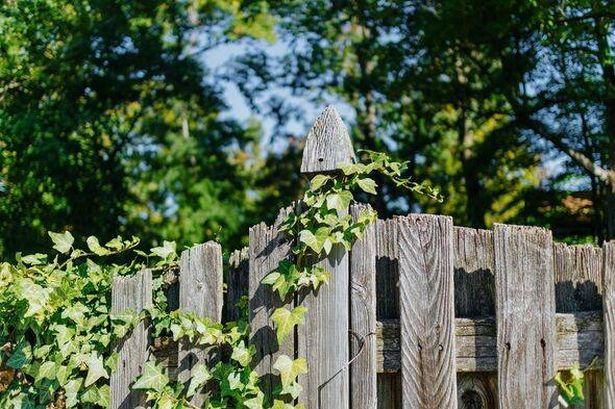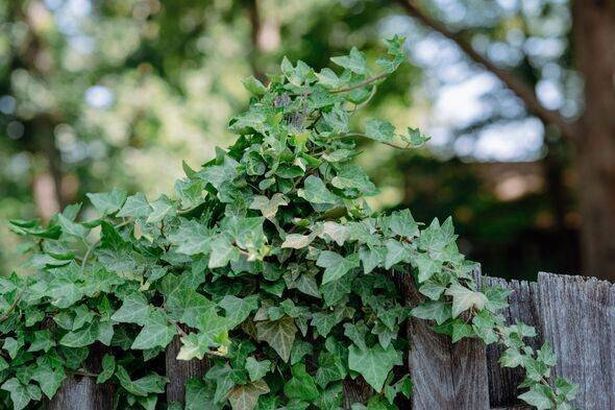English ivy can cause significant damage to your home, and it can be difficult to remove. However, there are a few simple methods you can use to eradicate the plantMillie Bull Deputy Editor, Spare Time and Chloe Dobinson
15:32, 05 Nov 2025
 English ivy can cause havoc on your home and garden(Image: Grace Cary via Getty Images)
English ivy can cause havoc on your home and garden(Image: Grace Cary via Getty Images)
English ivy can cause havoc on your property, lifting roof tiles, damaging fences, pulling at guttering, strangling trees, and potentially harming walls. Whilst it doesn’t grow directly into walls, it can infiltrate existing defects such as holes, cracks and crevices, leading to further damage.
In light of this, keen gardener Nicola Baker turned to the Mrs Hinch gardening enthusiasts on Facebook for advice on how to eradicate the ivy engulfing her garden fence. Mrs Hinch, also known as Sophie Hinchliffe, is a renowned cleaning and lifestyle influencer with millions of Instagram followers.
Nicola’s query was met with a flood of responses from other members of the Facebook group Mrs Hinch Gardening Tips, reports the Express.
 The most popular solution was to sever the stems at specific points(Image: Getty)
The most popular solution was to sever the stems at specific points(Image: Getty)
The most popular solution was to sever the stems at specific points, causing the plant to die off.
Sarah Jones advised: “Find the stems and cut twice an inch apart and remove that section, then it will die off and be easier to peel off.”
Milvia Pearce suggested: “Cut at the bottom, the top will die and it will be easier to remove, then dig the root up as it spreads like wildfire.”
Becky Smith concurred, stating: “We’ve got the same problem and it’s a nightmare. Find the root and cut it, or hammer copper nails into it.”
English ivy leaves can be toxic to humans, and its sap can irritate skin, so it’s advisable to wear gloves when handling it.
Other recommendations from Mrs Hinch fans included using lemon juice, weed killer and copper nails. Greta La More insisted: “You have got to dig it up. It’s the only way of getting rid of it.”
Marian James proposed: “I used neat lemon juice and it’s never come back.”
Judy Smith advised: “If the stem is thick enough at the base, hammer some copper nails into it. It will die off without causing damage to the fence.”
Dorothy Wilkinson-Jones suggested: “Cut the main stem, then put a pad soaked in weed killer on the fresh cut, then cover with cling film. Refresh the pad but keep it covered with the film. It works.”


Comments are closed.